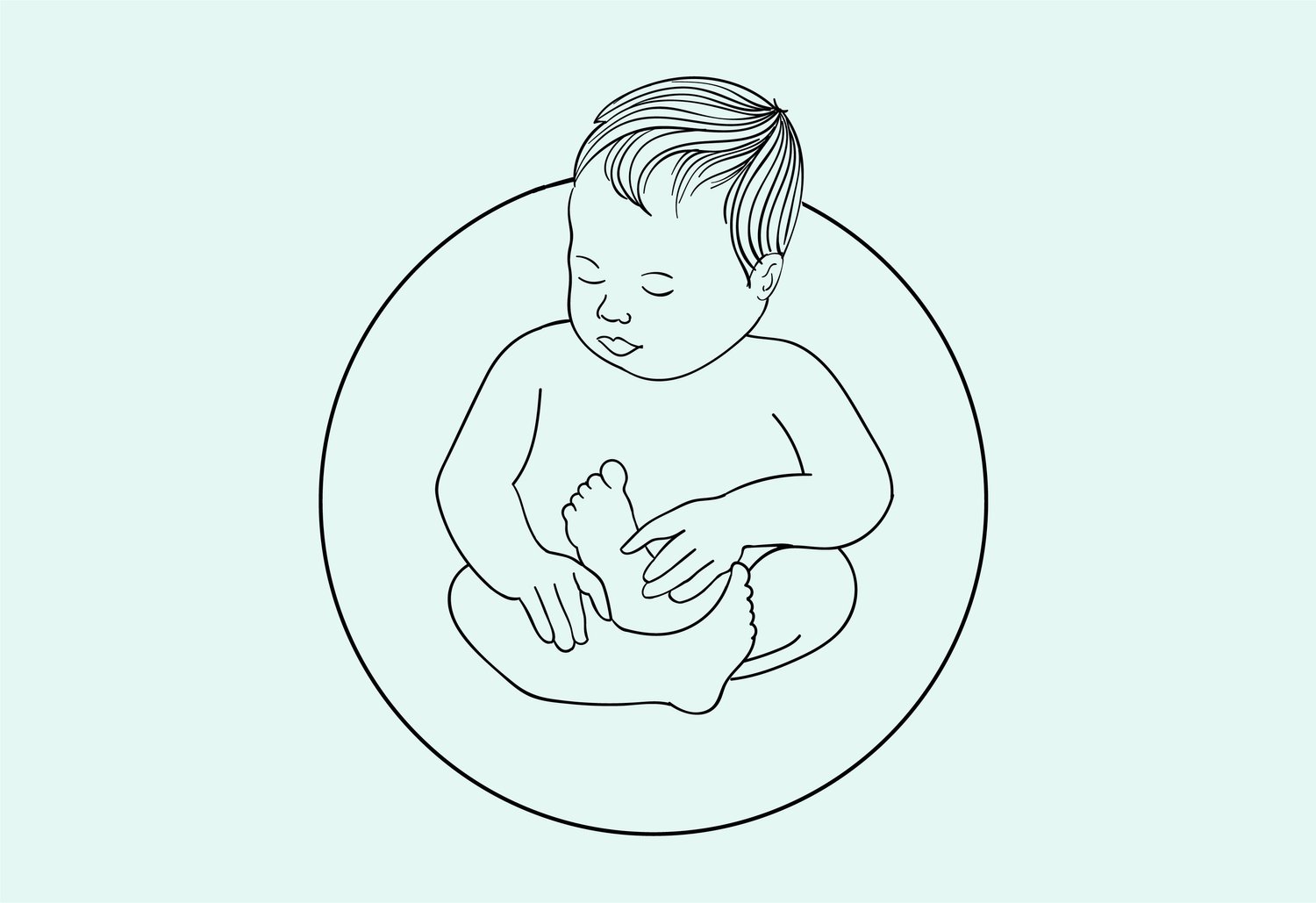Your Children Will Thank You: Why Prints Matter
How many photo files are on your phone or computer right now? How many do you look at regularly? How often have you lost those files from a technology mishap and had to start over? Or kept your photo files on a technology now obsolete? (You don’t have to be very old to recognize this floppy disc…but imagine that the only photos of your loved ones remain inaccessible on one of those).
When you think about your life, which photographs are the best images that capture your history, that stand in for your memories when memory fades? If you’re not sure, this blog post is for you.
I take lots of photos of my own children. Lots of photos. I also try to live my values and print some of those photos to put up in different places around the house. Whenever I do that, my children immediately notice the new images and point them out to me. My 16 month old jabs her finger at each member of the family repeatedly and says, ‘zis? - her way of asking, what is this called? And she wants me to name everyone repeatedly, each time we pass the wall with our family pictures.
As a child, I loved to pore over the family albums (my mom is also a photographer, who took lots of photos of us), studying the images, filling in the knowledge of what life looked like in the family before I was in it and what preceded my memory. As I got older, I always wanted to show people in my adult life those albums so that they could understand my story, where I came from, who I am and what shaped me. I have favorites, which have become the iconic images of my history (and which, I have no doubt, helped shape my own photographic eye for family images that build a legacy of story).
So I know that having prints is valuable. I know that from my own experience. I know that from my work with other families as I capture the love and connection in their stories. Photography was invented to be printed - the origin of the medium was literally a tool for printing an image from the world to save it. The earliest family image I have is a photo of a painting (which of course predates photography as a means to freeze time for posterity), and the next oldest is a photograph of a great-great-great-great-great grandfather. Just the single image. I hope that my descendents in future generations have more than just one image of me, but I know that printing photographs is the only way to ensure that.
According to a 2015 nationwide survey by Professional Photographers of America, 53% of consumers haven’t printed a photo in more than a year, 70% don’t have photo albums, and 42% no longer print photos at all. As a purveyor of images myself, these data are troubling. They are even more troubling when I think about the research I’ve seen on how printed and displayed family photos help raise childrens’ self-esteem.
But don’t just take my word for it. Here are all the experts I’ve assembled:
Professor Geoff Beattie, of the University of Manchester, explains that, “For children in particular, looking at photographs is part of the socialising process; learning who you are and where you fit into the family. By displaying photographs of our children at different stages of their lives, we are making a very public statement that we are proud of them.”
David Krauss, Ohio psychologist and co-author of Photo Therapy and Mental Health, adds, “I think it is really important to show a family as a family unit. It is so helpful for children to see themselves as a valued and important part of that family unit…[displaying photos] says we love you and care about you. You’re important…A photographer’s job is to create and make the image look like a safe holding space for kids where they are safe and protected. Kids get it on a really simple level.” He continues, “I think placing a family photo some place in the home where the child can see it every day without having to turn on a device or click around on a computer to find it really hits home for that child in this sense of reassurance and comfort. They have a certainty about them and a protecting quality that nurtures a child. [Photos] let them know where they are in the pecking order and that they are loved and cared for,” says Krauss.
Judy Weiser. a psychologist with more than 20 years experience and the foremost authority on using photography to assist in treatment, explains, “They learn their genealogy and the uniqueness of their own family and its story. When a child sees a family portrait with them included in the photograph they say to themselves: These people have me as part of what they are, that’s why I belong here. This is where I come from.”
Now that you’ve been convinced of the importance of prints for your family photographs, stay tuned for the next installment: my guidance on the best ways to print for lasting quality and impact (including a discussion of photo labs, crop ratios, and color calibration for the layperson). And if you need photographs to print, reach out to book your session.





